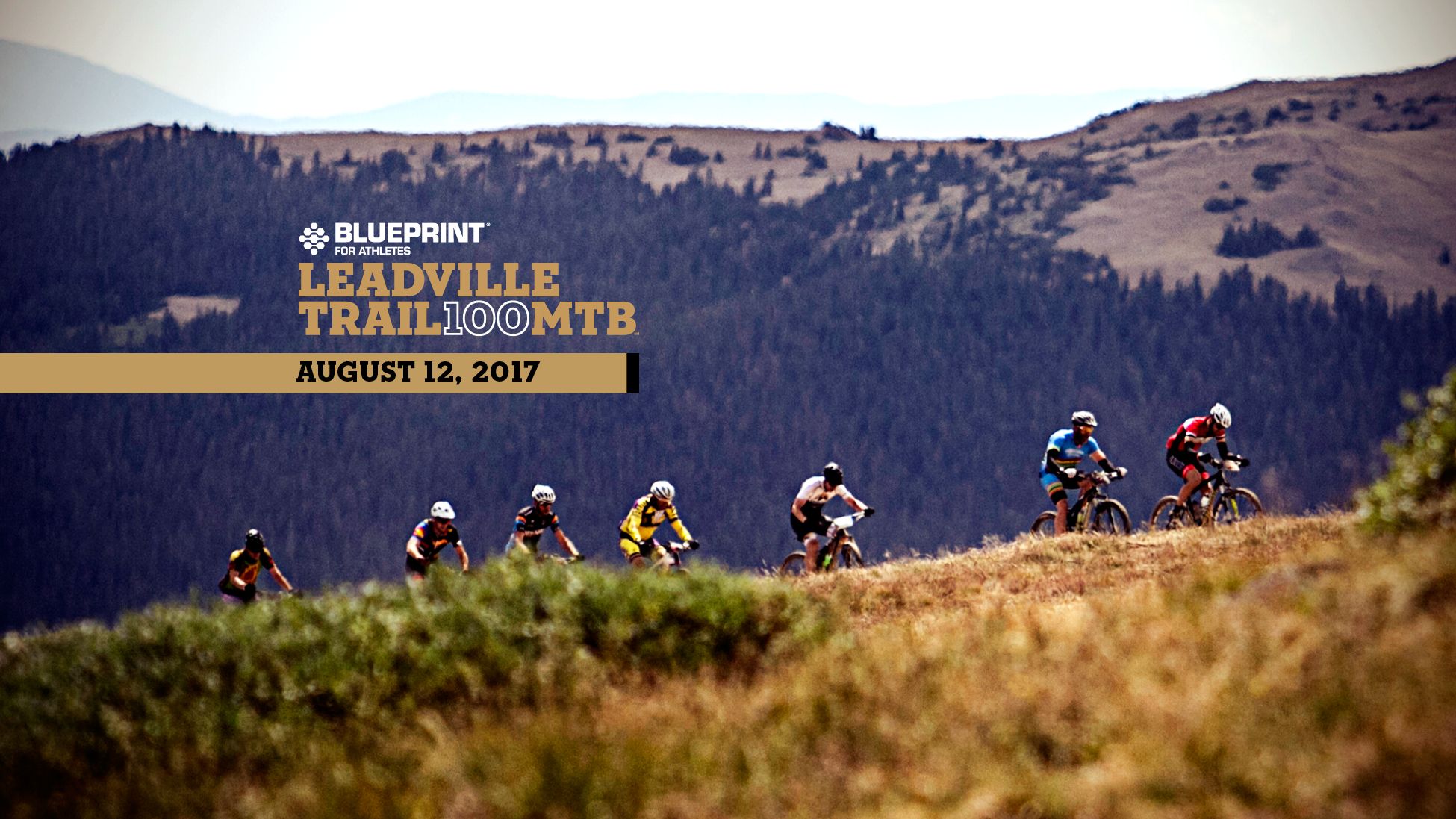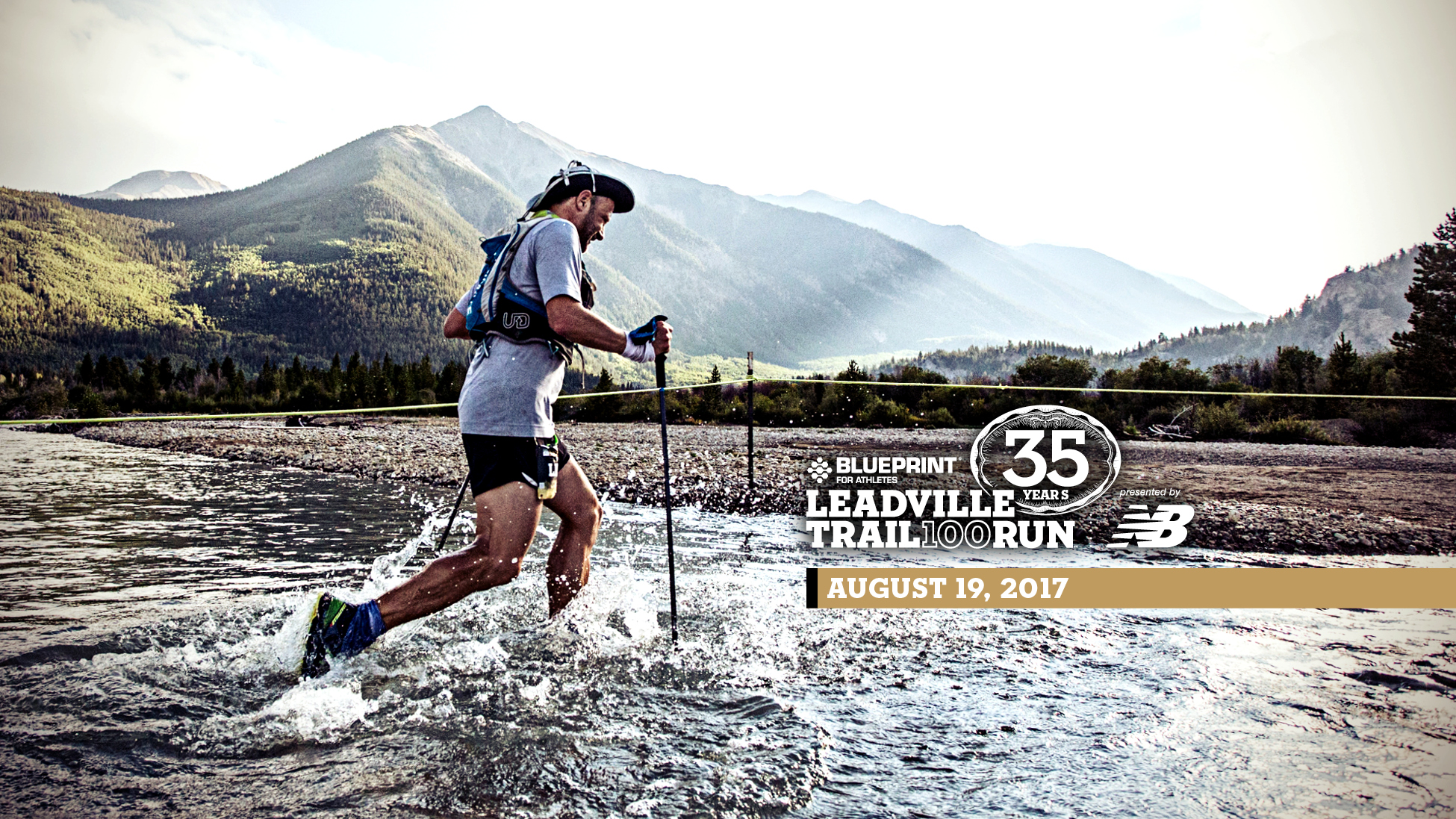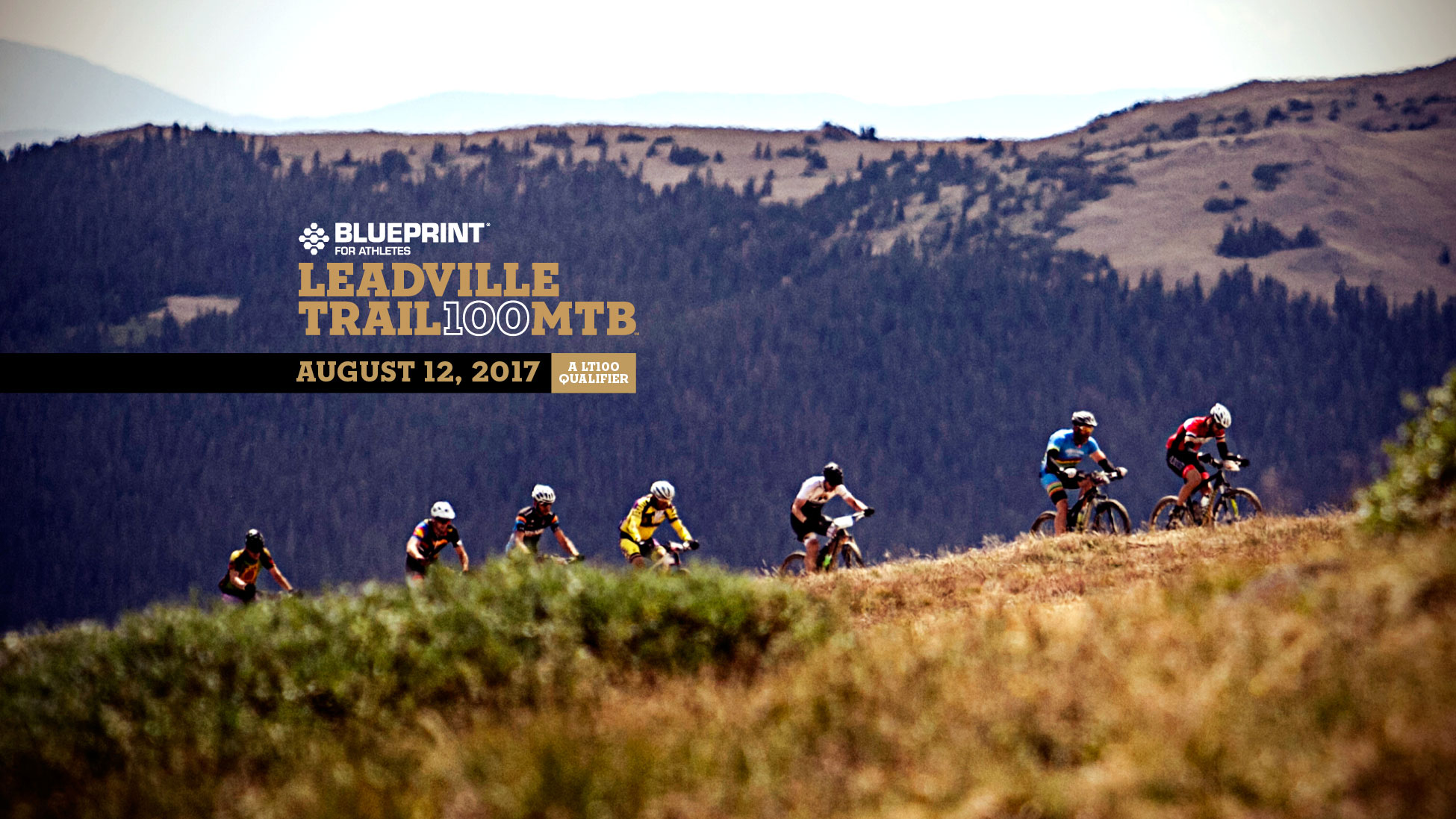Dispatches from Columbine: Feel the Pressure – Choosing the Right Tire Setup for Leadville
By Dave Wiens
If it’s not an age-old question, then it should be: Should you run tubes or tubeless? Like all other equipment decisions, the choice is entirely subjective — which makes it all the more baffling. Dave Wiens weighs in with his experience and talks us through the many different options.
I get asked lots of questions about preparing for the Leadville Trail 100, but one of the most common is about tires. Oftentimes, the question is simply, “What tire pressure do you run at Leadville?” This is a really great question but one that brings up more questions before it can be answered. Primarily, you need to decide if you’ll be using inner tubes or if you’ll be running tubeless tires. Other issues certainly come into play such as tire casing size and rim width, but the biggest question non-gravity mountain bikers have regarding tires is: tubed or tubeless? Pose both the tire pressure question and the tubed or tubeless question to a hundred Leadville veterans and you’ll likely get a hundred different answers about what’s best.
There are no simple or correct answers and what you run depends on a variety of factors including your goals, your resources (including time), and what you are comfortable with. If you are still using tubes, curious about tubeless or someone who has dabbled in tubeless but wants to know more, here is a primer on the topic.
Going it Old School: Inner Tubes
Running tires with tubes used to be the only choice and it’s still the easiest and least messy (there is no mess!) way to inflate your tires. No fussing with sealing your rims or needing tubeless-ready rims. No separate valve stems, no sealant and no air compressors are necessary. Just an effective rim strip, a tube, a tire, a pump and you’re riding.
Also, with certain tires and tubes, this can be a very lightweight setup. The main problem with tubes is that you’ll need to run higher pressure to avoid pinch flats. Drawbacks to running higher pressure — for tubed tires on a rocky course like Leadville, we’re talking 40-55psi, with 40psi being risky — include: less traction all around when climbing, cornering, braking, etc.; more rolling resistance on all but the smoothest surfaces due to tire deflection; and a much rougher ride all day long. Lower tire pressure is your initial layer of suspension.
Tubeless: What’s it Going to Take?
If you’re going to make the leap to tubeless, you’ll need one of two things: lots of time and desire to learn the details and intricacies of how tubeless systems work, or someone who’s going to do it for you. If you have the time and desire, get ready to do some studying (there are a number of options that you’ll need to consider), get ready for some messy, potentially frustrating times fiddling with sealant and air compressors, and get ready to spend a good bit of time in your garage with your wheels and tires. Put simply, tubeless requires time, and some tubeless systems require more time than others.
The problem with having someone else or a shop set up your tubeless is that, unless you have a live-in, traveling mechanic, that person won’t always be around to help you when you need it — like at the hotel the night before Leadville, when one of your tubeless tires suddenly decides not to hold air for more than five minutes. If you have someone else do your tubeless setup for you, you will need to be ready to switch over to tubes in the event of an emergency. Regardless, you’ll need to know how to put a tube in a tubeless system as even tubeless can go flat out on the trail (this means pulling the tubeless valve stem off of the rim so you can get a tube into the tire, and the tire with tube back onto the rim).
If it’s such a hassle, why even consider tubeless? The benefits of using tubeless tires are significant and reverse the drawbacks to using tubes.You can run considerably less pressure in your tires (20-40psi depending on rider’s weight, system, terrain, etc.) and less pressure means better traction all around, less rolling resistance and a way cushier ride. And, pinch flats are rare with tubeless systems. Additionally, depending on your setup, tubeless can make for a very lightweight wheel/tire combination which equates to a faster, more efficient bicycle. This is sometimes known as outside rolling resistance or rotational weight savings and is different and more valuable than weight savings from other parts of your bike.
The element of going tubeless that is most often the deal killer is the sealant. This stuff is a royal pain in the ass, and messy as all get out. You must be up for dealing with sealant if you plan to go tubeless because it’s required for all but UST tires and, as explained below, it’s actually a good idea to use sealant with them, too.
Tubeless Systems: So Many Choices
So, you’re still with me and you’re strongly considering going tubeless. Now the real fun starts. You’ll need to understand the different tubeless systems and designations available.
UST (Universal Standard for Tubeless), is the original standard for tubeless systems that includes completely sealed tires and rims as well as design standards for tire beads and rim shapes. UST tires don’t require sealant but I learned early on that even these beefy casings can and do get pierced out on the trail. I always use fresh sealant in my tires whether I’m using a UST tire or not.
TR (Tubeless Ready), is a newer designation which means tire beads and rim shapes are designed for tubeless but not to the same standards as UST. The tires are not completely sealed and require sealant, while the rims also may require sealing using a rim strip or tape.
The final option is something many of us grew up calling “ghetto tubeless” but should probably be called “ultra lightweight tubeless” instead. Ultra lightweight tubeless is taking lightweight standard rims and tires and setting them up tubeless by sealing the rims and using sealant in the tires. This kind of setup is sketchy and I don’t recommend it to anyone that doesn’t fully comprehend the risks and challenges associated with its use.
Just to muddy the waters a bit more, elements from these systems can be crossed with each other; for example, I could use a UST rim and a TR tire or any other combination that will hold air. Additionally, other than UST, there is little central agreement or information from tire and rim manufacturers on consistency of compatibility across brands. You’ll constantly hear about every possible combination of X tire working well on Y rims but not on Z rims.
Air Pressure with Tubeless
For safety, you really have to pay close attention to your air pressure at all times. Too little air pressure in a tubeless setup and you risk “burping” air out of gaps that form, usually under cornering or some other pressure, at the bead. Having your tire burp or completely roll off of the rim due to running low pressure is extremely dangerous and is the reason there are few lightweight options from tire manufacturers for tubeless ready tires.
This is also why you’ll want to be certain you never dangerously underinflate your tires; and also that you are able to recognize if a slow leak has left you with dangerously low tire pressure. Trust me, you don’t want to roll your tire while cornering. Generally, the lighter your tire, the more air you’ll want to run to avoid rolling a tire. Some UST tires have such thick, stiff sidewalls that you can get away with ridiculously low pressure. Just don’t try this with a tire that’s not up to the task.
Racing and Training are Different
My race and training wheels and tires are drastically different. I will test my race wheels, with tires, enough to be confident in them but my day-to-day training on my mountain bike is done with heavier wheels and heavier UST tires with sealant. I have never flatted a Continental UST tire in nearly five years and I never ride them with more than 25psi. They are not the supplest tires available, but in my world, like in many of yours, it’s all about family, jobs, and less time available than time required, I simply don’t have it to spend working on my bike. I will happily ride on a reliable, more robust setup if I hardly have to think about it and am rarely, if ever, fixing a flat or trying to boot a ripped sidewall out on the trail.
My Experiences with Tires at Leadville
I’ve ridden the gamut at Leadville: complete UST, TR and ultra lightweight tubeless. Hands down, ultra lightweight tubeless was the fastest, most competitive way I ever set up my bike. I rode this in Leadville in 2007 and 2008 and felt lucky to reach the finish line each time.
Both years I finished with low rear tires having struck rocks hard enough during the race to ding my rims and compromise the tire’s ability to hold the 35psi that I started with. In the race against Floyd Landis in 2007, I rode the final 35 miles with about 18psi in my rear tire after nailing a rock and denting my rim. While I was on pins and needles on all the descents, especially Sugarloaf and St. Kevins, I had awesome traction for the loose, steep climbs. In 2008, I must have hit something right toward the end and my rear tire quickly went down to around 10psi. Luckily, this happened in the final mile of the race.
Advantages to going with ultra lightweight tubeless are that you can end up with a silly light and silly fast bicycle. The disadvantages with running lightweight ghetto are the time, stress and trepidation experienced during the entire process of preparing for the race. The quality of my sleep diminished in the days leading up to the race as thoughts of various forms of tire failure inevitably crept into my dreams. This fear ranged from having a tire go flat on the starting line, to ripping a fragile sidewall on the plentiful sharp and blasted rocks on the course, to wondering how the tire would hold air for six to seven hours when one or both were flat in the morning after being pumped up to full pressure the night before.
Ask my wife, Susan. She’ll tell you that in addition to the time I put in riding the bike in the weeks leading up to Leadville, there were the countless hours spent in the garage preparing tubeless tires. Much time and energy were spent working to get them to hold air. Then there was the endless shaking of wheels to work the sealant into the porous sidewalls, only to find them flat in the morning. And then there was riding sealed tires on 90-minute circuits, only to find that one or both had lost precious psi in less time than it takes to make the round trip between the Twin Lakes aid station via Columbine. These are a few examples of the fun involved in getting this kind of wheelset ready for the race.
For 2009, I said screw it, and rode Continental Race King UST tires with sealant. I spent very little time on my tires and had no stress about it, other than knowing I was carrying a bit more rotational weight. I slept like a baby leading up to the race. For 2010, I used prototype Continental X King TR tires with sealant and had perhaps my best race ever.
What Should You Run?
Sorry, no easy answers here! If you’re going to go tubeless, dive in and start learning about it. There’s a ton of information out there and you can exhaust yourself reading about the options. Think about your goals and start experimenting with different setups that appeal to you.
Choose too light and you may never see the finish line even though you had a very fast bike. The course at Leadville is loaded with sharp, blasted rock left over from the mining days and it isn’t unheard of to pick up other artifacts with your tires. For those of you looking for a solid finish and enjoyable experience without too much fuss, I suggest looking into UST tire options with sealant and experimenting enough to find that optimal pressure. Enjoy!



